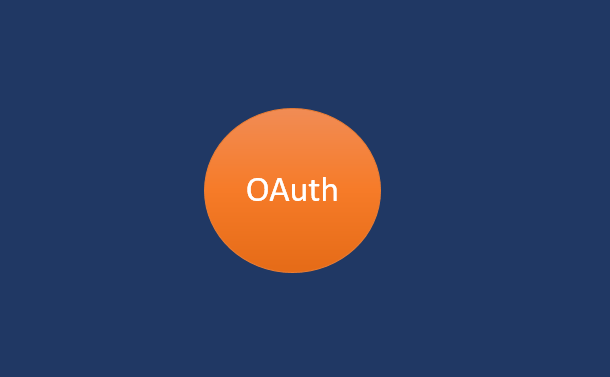An Introduction to OAuth 2

OAuth 2 is an authorization framework that enables applications — such as Facebook, GitHub, and DigitalOcean — to obtain limited access to user accounts on an HTTP service. It works by delegating user authentication to the service that hosts a user account and authorizing third-party applications to access that user account. OAuth 2 provides authorization flows for web and desktop applications, as well as mobile devices.
This informational guide is geared towards application developers, and provides an overview of OAuth 2 roles, authorization grant types, use cases, and flows.
OAuth defines four roles:
- Resource Owner: The resource owner is the user who authorizes an application to access their account. The application’s access to the user’s account is limited to the scope of the authorization granted (e.g. read or write access)
- Client: The client is the application that wants to access the user’s account. Before it may do so, it must be authorized by the user, and the authorization must be validated by the API.
- Resource Server: The resource server hosts the protected user accounts.
- Authorization Server: The authorization server verifies the identity of the user then issues access tokens to the application.
From an application developer’s point of view, a service’s API fulfills both the resource and authorization server roles. We will refer to both of these roles combined, as the Service or API role.
OAuth defines four roles:
- Resource Owner: The resource owner is the user who authorizes an application to access their account. The application’s access to the user’s account is limited to the scope of the authorization granted (e.g. read or write access)
- Client: The client is the application that wants to access the user’s account. Before it may do so, it must be authorized by the user, and the authorization must be validated by the API.
- Resource Server: The resource server hosts the protected user accounts.
- Authorization Server: The authorization server verifies the identity of the user then issues access tokens to the application.
From an application developer’s point of view, a service’s API fulfills both the resource and authorization server roles. We will refer to both of these roles combined, as the Service or API role.
Application Registration
Before using OAuth with your application, you must register your application with the service. This is done through a registration form in the developer or API portion of the service’s website, where you will provide the following information (and probably details about your application):
- Application Name
- Application Website
- Redirect URI or Callback URL
The redirect URI is where the service will redirect the user after they authorize (or deny) your application, and therefore the part of your application that will handle authorization codes or access tokens.
Client ID and Client Secret
Once your application is registered, the service will issue client credentials in the form of a client identifier and a client secret. The Client ID is a publicly exposed string that is used by the service API to identify the application, and is also used to build authorization URLs that are presented to users. The Client Secret is used to authenticate the identity of the application to the service API when the application requests to access a user’s account, and must be kept private between the application and the API.
